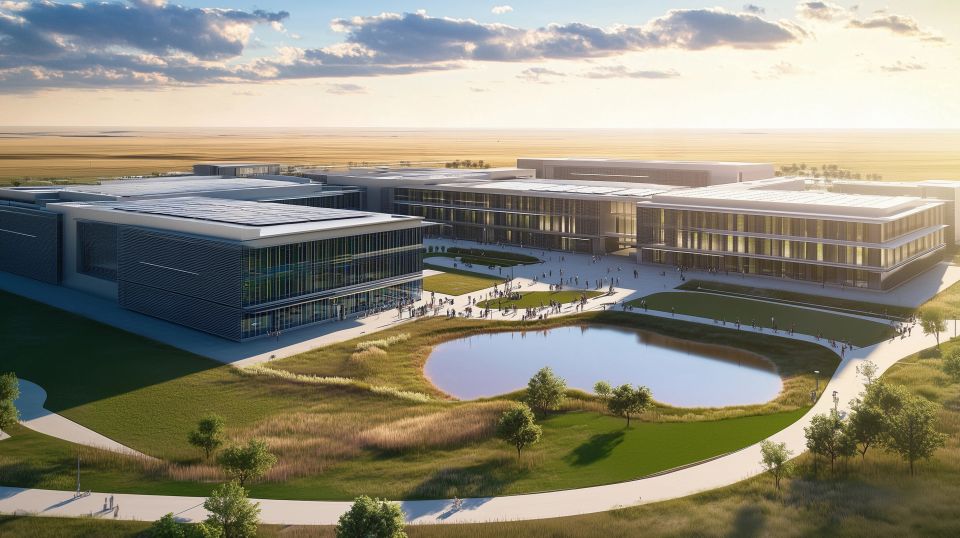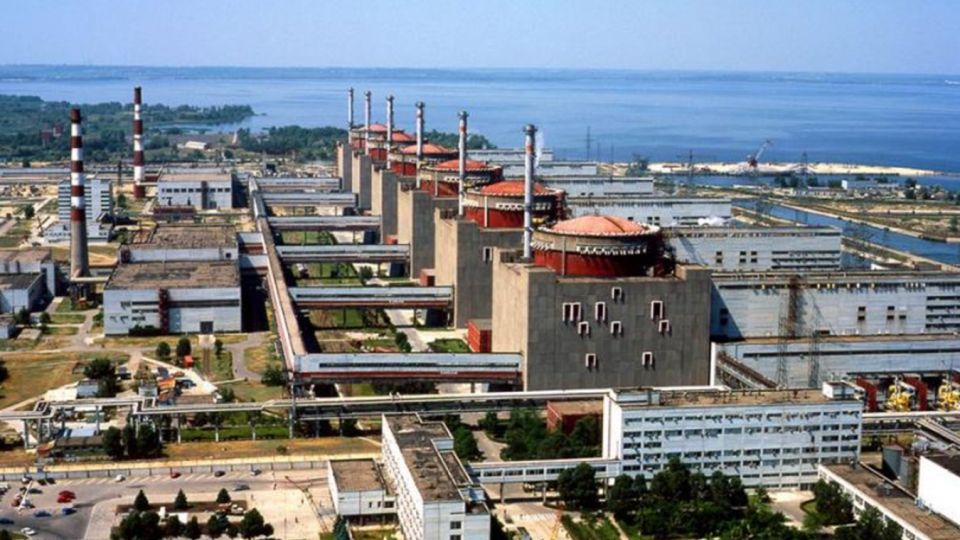Wind and solar droughts can hit during peak grid demand—and last nearly a week
Cloud cover cuts solar generation, and on calm days wind turbines won’t spin. When cloudy and windless conditions coincide for hours or days, the result is called a compound energy drought. Pacific Northwest National Laboratory recently found that these energy droughts can last nearly a week in some parts of the country and that they overlap with periods of peak grid demand more often than would be expected by chance.










